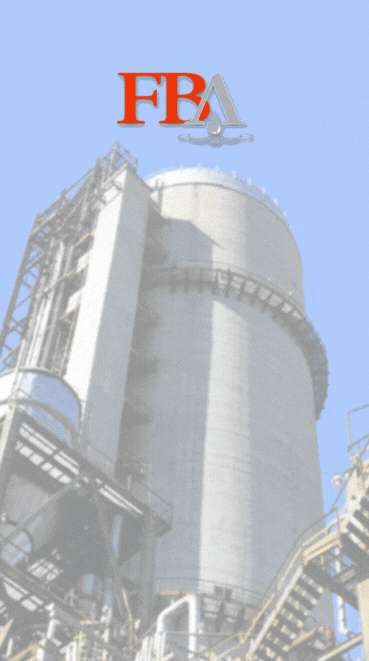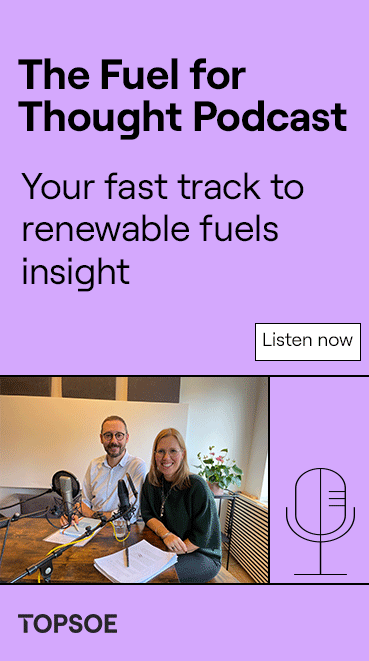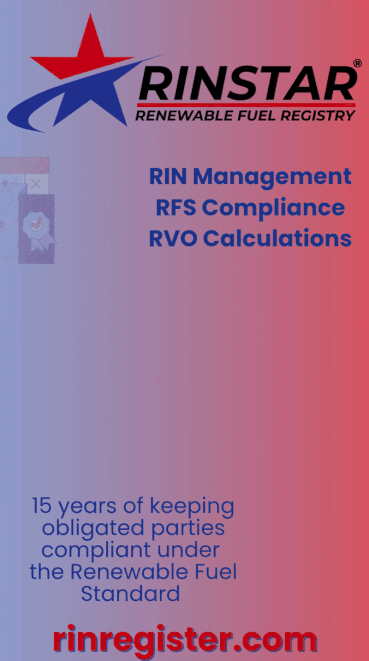Sustainable Aviation Buyers Alliance launches advanced, next-gen SAF procurement
- Sustainable Aviation Buyers Alliance
- May 8
- 3 min read

The Sustainable Aviation Buyers Alliance released a request for proposal (RFP) May 6 to increase the supply of next-generation sustainable aviation fuel (SAF), including power-to-liquids and those using advanced biobased feedstocks.
This first-of-its-kind aggregated SAF procurement is designed to deliver a much-needed boost to scalable long-term SAF production capacity, SABA stated.
By focusing the RFP on next-gen fuels, SABA said it seeks to channel investment toward SAF with fewer feedstock constraints than today’s commercially available fuels, enabling more effective long-term decarbonization of the aviation sector.
SABA members include over 35 companies from a broad range of sectors, including finance, technology, media and entertainment, business consulting, and others seeking to reduce their aviation emissions through investment in sustainable aviation fuel.
Through this RFP, SABA will facilitate five- to 10-year forward-purchasing commitments on behalf of its members at sufficient volumes to support final-investment decision (FID) for a new next-generation SAF production facility.
“The SAF market is growing rapidly but the technologies we need to fully decarbonize the aviation sector are still in their infancy,” said Kim Carnahan, CEO of the Center for Green Market Activation and head of SABA Secretariat. “Investment needs to happen now if we want these technologies to scale post-2030 and keep the aviation sector on track to meet its long-term net-zero goals.”
SAF represents the best near-term opportunity to decarbonize aviation as it is a drop-in fuel that can be used in today’s aircraft fleet.
Despite significant recent growth, SAF still makes up less than 1 percent of total aviation fuels used today with the market dominated by SAF made from traditional feedstocks, such as waste oils, that face limitations to scale beyond 2030, according to SABA.
“SAF with the greatest scalability potential, using feedstocks such as renewable hydrogen, agriculture and forestry residues and municipal solid waste is only a small portion of the currently available SAF,” SABA stated. “Without focused investment today, these fuels may not be available in the quantities needed to meet global decarbonization objectives.”
SABA said it is working with its corporate partners to generate the demand signal needed to give advanced SAF producers confidence to scale production.
Through a book-and-claim model, corporate customers will be purchasing SAF certificates (SAFc) that allow them to invest in SAF and capture the environmental benefits, even if the fuel does not flow directly into the planes they fly on.
The travelers’ investment allows them to make a greenhouse-gas emissions-reduction claim on their climate disclosures, while the physical SAF flows to an aircraft operator.
“Book and claim is the bridge between the aviation industry’s sustainable-fuel ambitions and scalable real-world production—and SABA is helping build it,” said Bryan Fisher, managing director at SABA co-founder RMI. “By mobilizing corporate demand and catalyzing investment in cutting-edge fuel production, we can fast-track innovation, expand high-integrity supply and deliver the climate results the aviation sector urgently needs.”
Since SABA’s launch in 2021, it has helped channel approximately $200 million total SAF investment.
Through the RFP announced May 6, SABA said it is targeting longer-term offtakes to help plants get to FID by 2026 and be operational by 2030.
“This RFP is an opportunity for corporate leaders, forward-looking airlines and next-generation fuel producers to work together toward a truly net-zero aviation sector,” said Elizabeth Sturcken, vice president at Environmental Defense Fund, a SABA co-founder. “We must be strategic in how we grow the SAF market with environmental integrity so that we can decarbonize the aviation sector without placing new demands on limited feedstocks or land resources that may create new environmental problems.”
By participating in this next-gen procurement, SABA said its members will be able to meet their emission-reduction targets for air travel and air freight through advanced purchases of SAFc connected to next-gen SAF meeting SABA’s rigorous sustainability criteria.
SAF suppliers interested in responding to the RFP are encouraged to learn more by downloading the RFP and supporting documentation.
While this RFP is focused on next-generation SAF, SABA said it continues to support its members in purchasing high-integrity commercially available SAF.


































